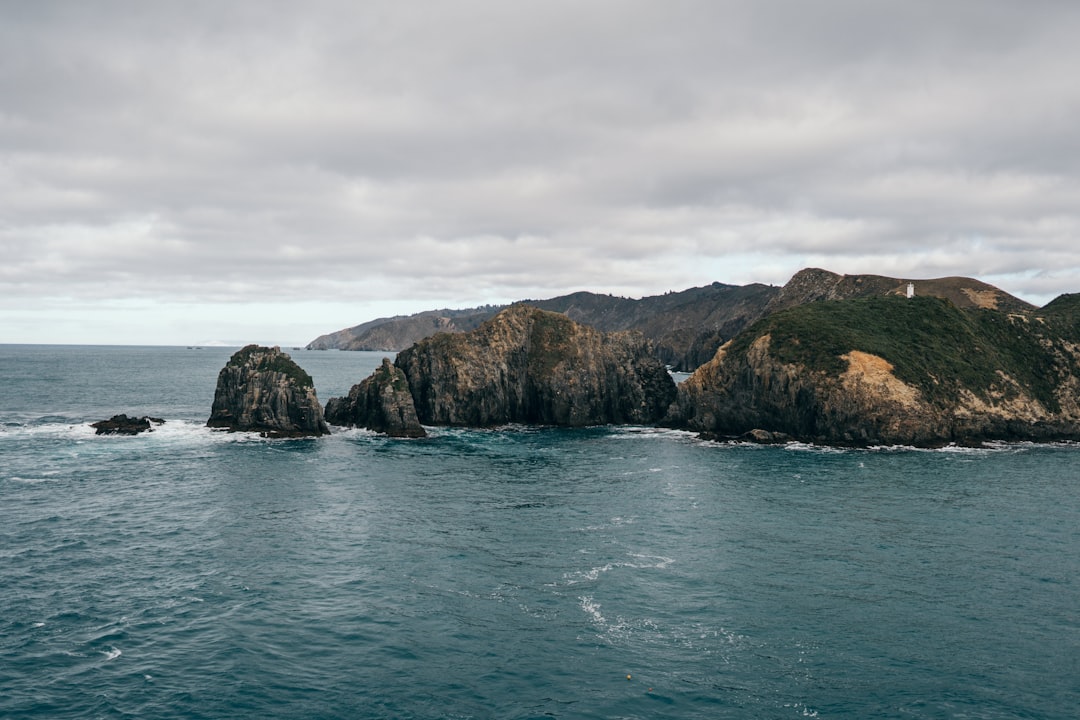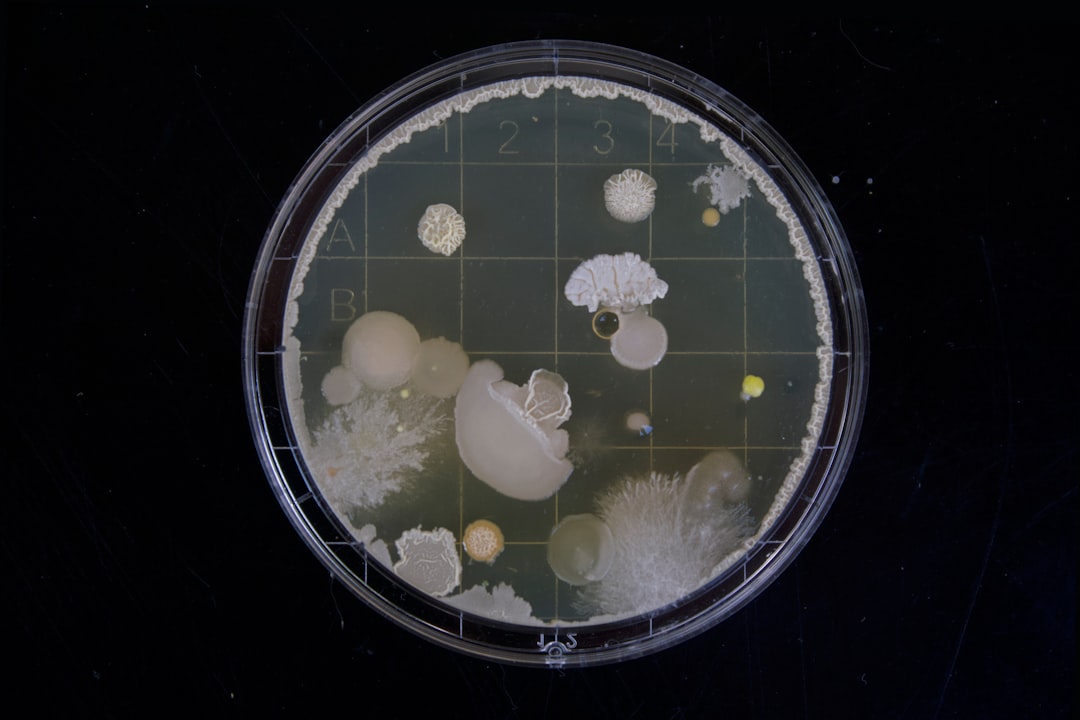What is it about?
In wildlife conservation we urgently need to know what kinds of actions work to protect and conserve species (e.g., changing fishing nets to stop seabirds getting caught in them). In this article we looked to see how many scientific studies there were for different species and where they took place in the world. We found that there are big gaps in our knowledge for amphibian (frogs, toads, salamanders etc.) and bird species that are most at risk of going extinct, and for parts of the world where most species exist (like the tropics). We also found that the highest quality scientific studies tend to be conducted in North America, Europe, and Australasia, and few high quality studies are found in other parts of the world.
Featured Image

Photo by Ray Hennessy on Unsplash
Why is it important?
Understanding what works and doesn't work is really important. In medicine doctors use scientific evidence to know which treatments to give patients for the best outcomes. We need to do the same in wildlife conservation for species and habitats. If we do not know what works and what doesn't, we may keep making the same mistakes over and over again and fail to conserve the planet's species. Worryingly, we found there are big gaps in our knowledge of what works in conservation and generally scientific studies outside of North America, Europe, and Australasia offer weak scientific evidence. So if we are to better conserve species, we need to prioritise where we test different conservation actions so we fill the gaps in our knowledge and use more reliable scientific methods to ensure we gather strong evidence.
Perspectives
This is an important piece of work as it clearly sets out that we face a big problem in wildlife conservation. That problem is that we know very little about what actually works to protect and conserve different species, and we know particularly little in the places where species are most at risk of extinction. I hope it will change the field for the better and encourage more scientists and conservationists to test whether conservation actions work or not, and share what they find so that others can benefit. This is the mission of the Conservation Evidence project (www.conservationevidence.com) which tries to gather the evidence published in scientific journals and translate this into summaries for conservationists to use to help inform the actions they take to conserve species.
Dr Alec Philip Christie
University of Cambridge
Read the Original
This page is a summary of: The challenge of biased evidence in conservation, Conservation Biology, September 2020, Wiley,
DOI: 10.1111/cobi.13577.
You can read the full text:
Resources
Contributors
The following have contributed to this page










